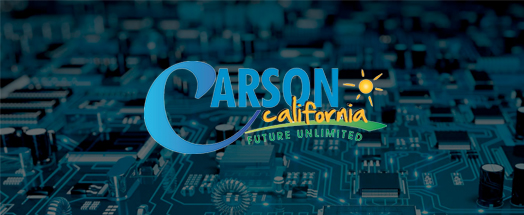
Project Overview

Kaiser Permanente - Richmond, CA: Design and install a renewable microgrid consisting of 250kw solar PV structures utilizing SunPower modules (on top of existing parking garage), 1 mWh battery storage (Samsung), Princeton Power inverters, LED lighting, and NextGen Microgrid Controller. Charge Bliss developed, designed and engineered the project and was subsequently awarded a grant by the California Energy Commission (CEC) to implement the idea and perform the construction.

Project Info
The Issue
Commercial businesses face rapidly increasing pressures to decrease costs to remain solvent. Energy has long been considered a fixed expense that inexorably rises, but the advent of more reliable renewable energy generation, standing energy storage, power conditioning, and control systems has changed this paradigm. Moreover, concerns about the reliability and environmental impact of carbon-based fuels and increasing public desire for commercial
entities to be “green” has forced owners and operators to consider the values of a Renewable Distributed Energy Resource (R-DER).
The question is how to further incentivize the general public to move forward with these types of projects. One key is to prove that the integration of these technologies are viable, economically and environmentally advantageous, and tangible. Therefore, the Charge Bliss Team, in collaboration with the California Energy Commission (CEC), and the Office of Statewide Healthcare Planning and Development (OSHPD), proposed an R-DER for the Kaiser Permanente Hospital in Richmond, California. This case study demonstrates the safety, feasibility, and value of a Charge Bliss R-DER not only for California hospitals but also for all other types of medium to large commercial buildings in the State and beyond.
Project Innovation
The R-DER at Kaiser in Richmond is the first deployment of large scale solar, battery, and automated power conditioning and controls at a non-University hospital in the State of California. Moreover, the system is unique in that OSHPD permitted dual points of common coupling on the “normal” and “life and safety” power systems. The latter connection allows the facility to further support critical systems when Utility power is inadequate or unavailable as compared to conventional systems that must shut down under these circumstances.
A novel control architecture embedded within the Charge Bliss R-DER provides at least three hours of power during a utility outage, regulates the generation, storage, and deployment of energy, reduces peak facility demand, and permits participation in automated demand response (ADR).
Project Benefits
The R-DER reduces facility energy and demand costs, electrical system downtime, greenhouse gas emissions, and demonstrates the benefits of ancillary value streams such as efficiency from improved power quality and demand response. The design is scalable and the achievements herein may be amplified substantially in larger projects.
Lower Costs: This project is projected to save $141,000 per year in direct energy costs for the site owner (997,000 kWh/yr x $0.1418/kWh) and create efficiencies in both usage and demand (automated demand response).
Greater Reliability: This R-DER increases electric reliability to the facility by providing up to 1 MWh of reserve power and may improve regional reliability through decreased strain on the serving Utility, demand mitigation, and demand response.
Environmental Benefits: The R-DER is projected to reduce greenhouse gas emissions by 263 tons of carbon dioxide per year (997,000 kWh/yr x 0.5888 lbs/kWh).
Public Health: By utilizing energy storage the microgrid is designed to provide at least three hours of power during a utility outage for critical hospital facilities that are essential during mass casualties or illnesses.
Other Projects


City of Carson - Carson, CA - $1,500,000:
Create, develop, and design a Net Zero Advanced Energy System for the city which accelerates the deployment of advanced energy communities. The technologies consist of 3.5 mW solar PV, ~100 EV chargers, energy storage, LED lighting, and more. This project was also awarded a grant by the California Energy Commission (CEC) and will significantly decrease energy expense in a disadvantaged community, increase power reliability, decrease fossil fuel emissions, decrease strain on the Investor Owned Utilities (IOU’s), and California Independent System Operator (CAISO), and boost the adoption of EV’s.
Design in progress; Expected COD 2018



Inergy Systems – Los Angeles, CA
Installation of building system controllers that provide demand management in a facility that consists of solar PV, HVAC, pumps, and other electricity loads.
COD 2015





